Chaining Effects
| Using effects together can yield combinations of effects that you come back to again and again. Stereo amplifier stackHere's a chain of effects that simulates a large stage amplifier for an instrument of your choice. It uses two Scream 4 Damage sections for amplification and two Scream 4 Body sections to simulate left and right speaker cabinets. To cable the effects
Now that your amp stack is set up, you can run any instrument through it. To connect an instrument
To configure the settings
|
- Chapter III Two Models of Online Patronage: Why Do Consumers Shop on the Internet?
- Chapter V Consumer Complaint Behavior in the Online Environment
- Chapter VIII Personalization Systems and Their Deployment as Web Site Interface Design Decisions
- Chapter XII Web Design and E-Commerce
- Chapter XIV Product Catalog and Shopping Cart Effective Design

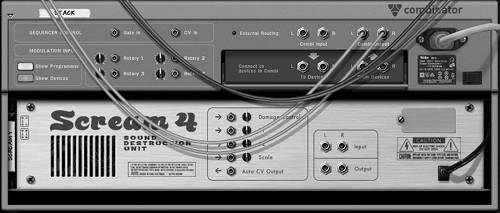
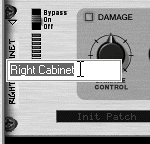
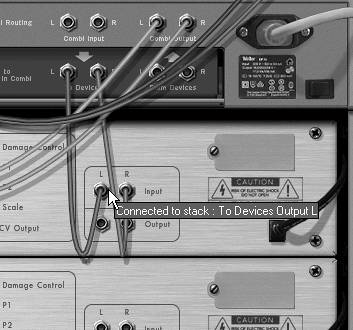
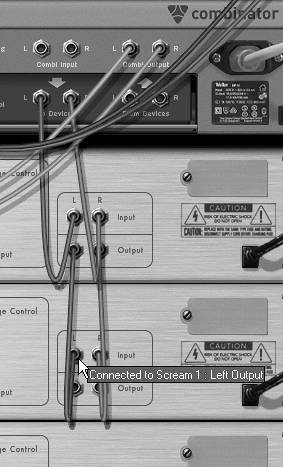
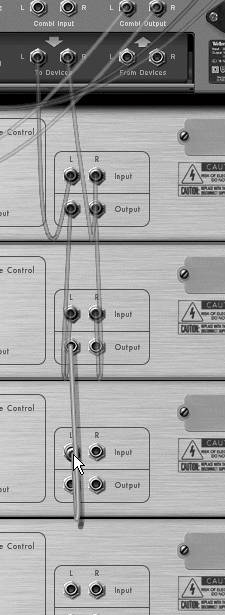

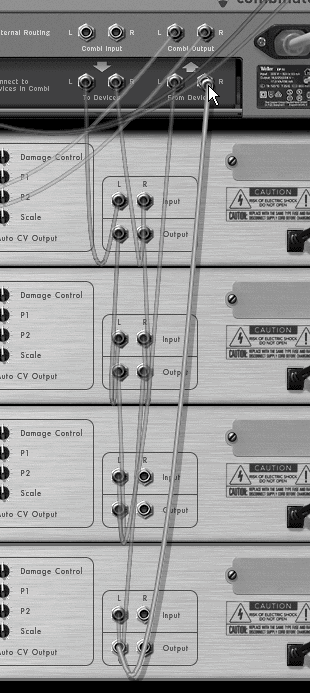
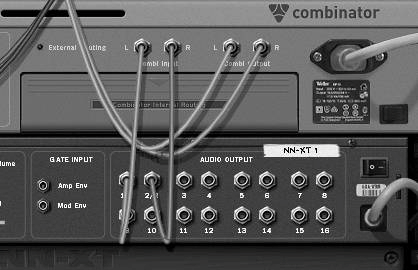

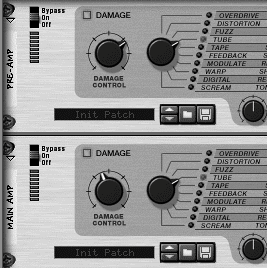

 Tip
Tip